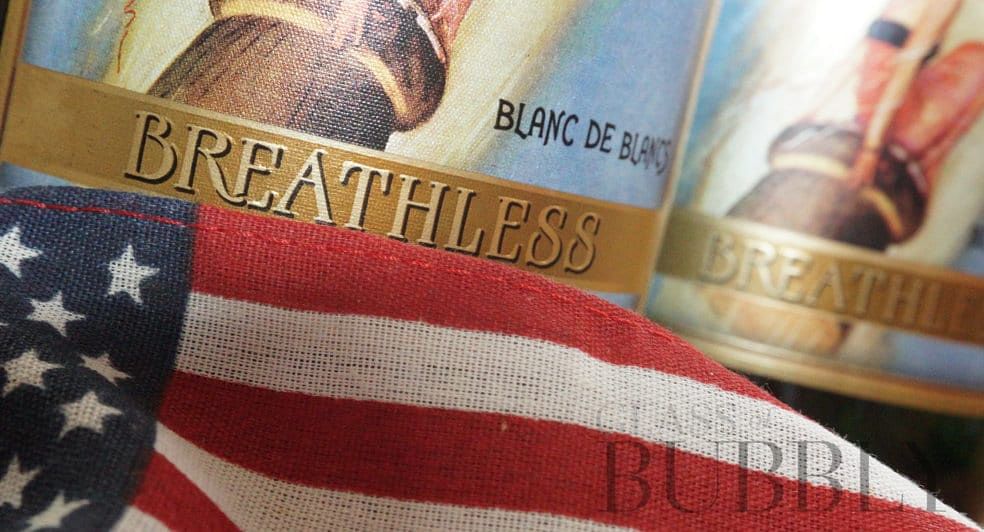
We all know the situation as avid wine lovers that now and then you go for a gourmet dinner just to have the excuse to order some great wine. These are the moments you celebrate the good life, especially the good wine life. As you have chosen the courses as well as the accompanying wine, the sommelier opens the first bottle and indicates that the wine will come into its own if we let it breathe for some time. Now that may sound familiar and might bring a lot of expectations about your first sip, but can wine indeed breathe? And if so what does it actually mean and bring?
Breath is the bridge which connects life to consciousness,
which unites your body to your thoughts.
(Thich Nhat Hanh)
As wine is bottled to prevent spoilage, it means it is intentionally separated from the oxygen in the air. But oxygen, while initiating a process that will eventually lead to spoilage, is often also needed to make your wine taste the way it is supposed to. This is especially true for young red wines. Tannic acid in red wines mellows over time, but they mellow much faster when exposed to oxygen. Too many tannins in wine can overpower the other subtler flavors. A young wine with strong tannins will benefit from up to two hours of aeration. If it is an aged wine, you will likely only need 30 minutes or so to get the best out of your wine. On the other hand, most white wines do not need the extra contact with oxygen. They are rarely aged and have far fewer tannins, making them more delicate. Exposing them to higher levels of oxygen in general doesn’t even bring any good. So there is a twofold relationship between wine and oxygen, and as with most things in life: ‘too’ much is never good. So oxygen can indeed impact the taste of wine, but can a wine indeed breathe?
Life and respiration are complementary.
There is nothing living which does not breathe
or anything breathing which does not live.
(William Harvey, 1653, Lectures on the Whole of Anatomy)
Now breathing, what all living creatures do, is an activity by these beings. It is the act of sucking in air and blowing it out again. But in the meantime, a peculiar conversion has taken place of the oxygen in the air into carbon dioxide, through a process of respiration. Cell respiration is a biological process where energy (ATP) is taken from a nutrient (oxygen) and ‘waste’ (carbon dioxide) is released. Now wine in itself isn’t a being, so it will not actively suck in air, nor will it blow out air again. So breathing as an activity of the wine isn’t really taking place. But wine can of course be exposed to oxygen, causing the oxygen to react with various components of the wine at the surface, like tannines and aromatic compounds, which leads to chemical changes, as well as energy release. This process can change the taste and color of the wine, mostly resulting in a less edgy and more open wine.
Ultimately, nothing is what it seems when you constantly zoom in one layer deeper.
So although wine may technically speaking not breathe itself, a more or less spontaneous respiration within the wine can happen. What is needed is some motion within the wine, due to temperature changes or whatever, causing the molecules to react with the oxygen it encounters at the surface. Hence technically the wine is not breathing but factually the results of the process are the same. And this is what the empirical world is about: ultimately nothing is what it seems when you zoom in one layer deeper.
The more you know, the more you realize you don’t know.
(Aristotle)
Good vibes!
Corné van Nijhuis
World’s first self-declared Vinosopher
Leave a Reply